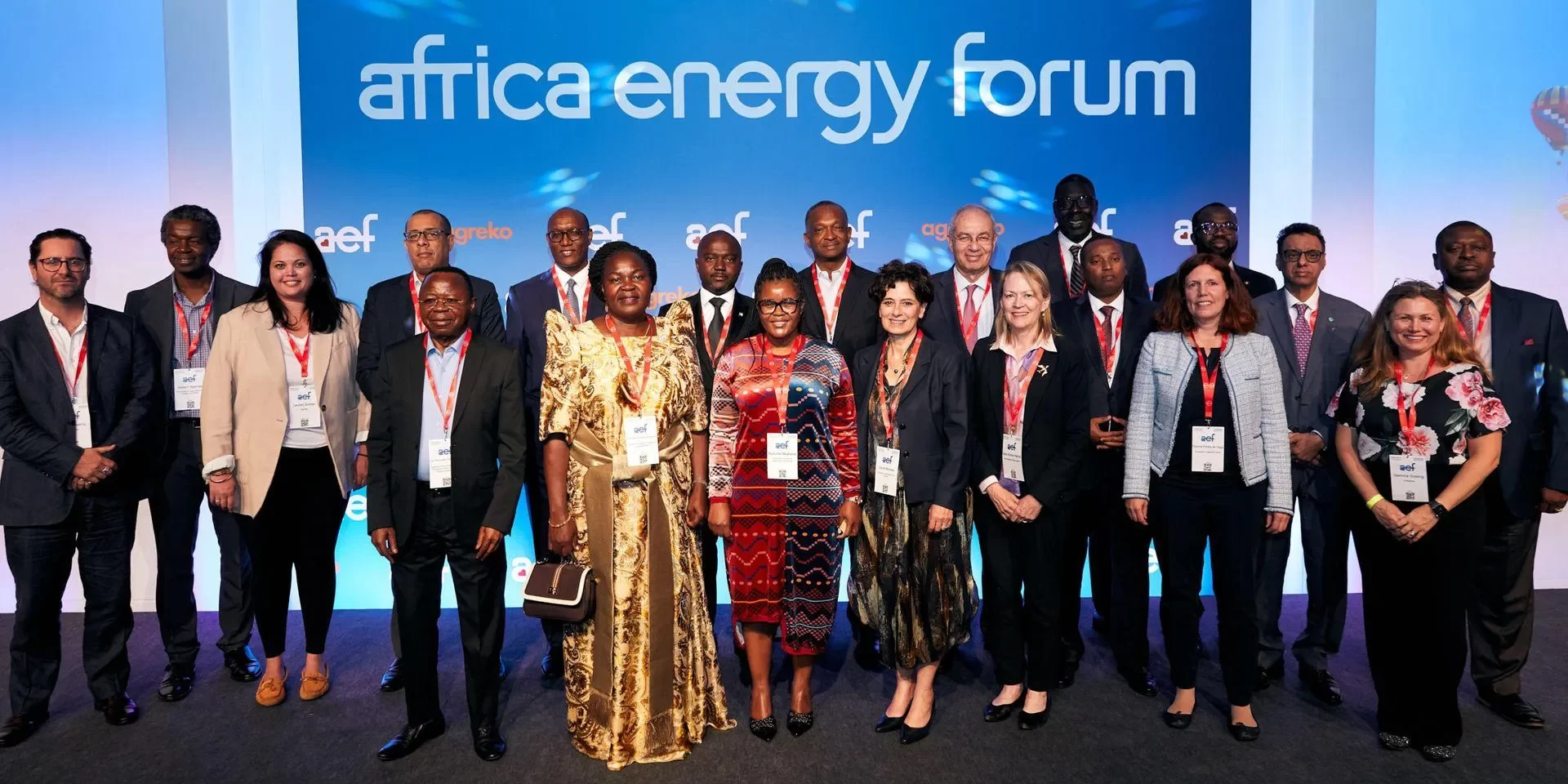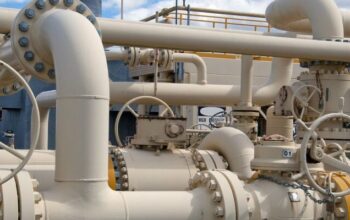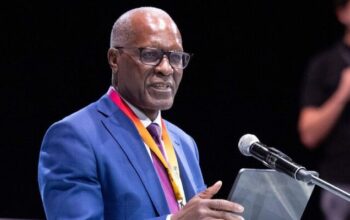Countries across Africa are taking significant steps to address the energy crisis and increase access to electricity, particularly in sub-Saharan Africa, where 43% of the population still lacks access to electricity.
The continent is embracing the potential of renewable energy sources and seeking to leverage its vast reserves of critical minerals necessary for the global energy transition.
To facilitate this transition, African nations are implementing policies that consider the energy crisis, climate change, and the commitments made under the Paris Agreement. Moreover, various countries and organizations are launching initiatives, providing funding, investments, and grants to support renewable energy projects in Africa.
Funding and Grants
Several countries in Africa, as well as international entities, have recently reaffirmed their commitment to supporting impactful and long-term projects that promote energy transition and economic stability in Africa. Some notable examples include:
- Africa Finance Corporation and Japan Bank for International Cooperation (JBIC) signed a Memorandum of Understanding in May 2023 to collaborate on infrastructure projects that accelerate energy transition in Africa.
- Team Europe, comprising the European Union and its member states, launched the Just and Green Recovery Team Europe Initiative for South Africa in January 2023. It includes over EUR 280 million in grant funding, aimed at supporting policy reforms, unlocking green investments, and facilitating a knowledge-based transition in South Africa.
- The G7 countries announced the launch of the Partnership for Global Infrastructure Initiative (PGII) in 2022, with a USD 600 billion lending initiative to fund sustainable infrastructure projects in developing countries, with a particular focus on Africa.
- The United States announced its commitment to mobilizing USD 200 billion for developing countries over the next five years as part of the PGII. This funding will be provided in the form of grants, financing, and private sector investments, with a priority focus on tackling the climate crisis and bolstering global energy security. Some projects, such as a USD 2 billion solar energy project in Angola, have already been announced.
- Power Africa, a US government-led program addressing Africa’s electricity access, has played a significant role in supporting energy transition. In its 2022 Annual Report, Power Africa highlighted achievements such as providing first-time and improved electricity access to 37.7 million people in Africa through 7.6 million new on- and off-grid connections to homes and businesses in 2022.
- The European Commission announced an investment funding package of EUR 150 billion for Africa in February 2022, as part of the EU Global Gateway Investment Scheme. The funding comprises EU combined member funds, member state investments, and capital from investment banks. The European Commission’s Comprehensive Strategy with Africa, published in 2020, emphasized supporting the continent’s green transition and improving access to clean energy.
- China and Africa have also established collaboration to enhance Africa’s capacity for green, low-carbon, and sustainable development. Green development was identified as one of nine programs under the China-Africa Cooperation Vision 2035 at the 2021 Forum on China-Africa Cooperation.
- The United Arab Emirates (UAE), as the fourth largest investor on the continent, has made significant investments in energy and infrastructure projects in Africa, benefitting both the continent and the UAE’s own development agenda. The UAE’s expertise in oil and gas has also supported African countries in advancing their gas-to-power agendas, with recent investments in LNG projects in Mozambique, Nigeria, Senegal, and Mauritania. The UAE and Kenya have announced their intention to negotiate a comprehensive economic partnership agreement (CEPA) to increase non-oil bilateral trade, demonstrating the commitment to sustainable trade.
- Various cross-regional energy transition initiatives have been announced, including the Africa Carbon Markets Initiative (ACMI) launched at COP 27. The ACMI aims to substantially increase Africa’s participation in voluntary carbon markets, aiming for the production of 300 million credits annually by 2030 and 1.5 billion credits annually by 2050. This initiative can provide essential financing for energy transition in Africa, garnering support from several African countries.
- Under its COP27 presidency, Egypt launched the Africa Just and Affordable Energy Transition Initiative. The initiative aims to steer African countries away from fossil fuel reliance by identifying local strategies and energy mixes. It aligns with universal access targets by 2030 and the energy demands of Agenda 2063 for the African continent. It includes consolidating technical and policy support to facilitate a just and affordable energy transition. Egypt also announced its goal of supplying 42% of the country’s energy requirements through renewable energy by 2035.
- During COP 26, the EU and the governments of France, Germany, the UK, and the US pledged USD 8.5 billion in first-round financing to support South Africa’s energy transition projects as part of the Just Energy Transition Partnership (JETP). In COP 27, President Cyril Ramaphosa launched the new Just Energy Transition Investment Plan, outlining the required investments to achieve South Africa’s decarbonization commitments while promoting sustainable development and ensuring a just transition. The plan identifies USD 98 billion in financial requirements over the next five years, involving both public and private sectors. Discussions are underway to establish a similar partnership in Senegal.
- Nigeria’s Environment Minister Mohammed Abdullahi expressed Nigeria’s desire for G7 support through a JETP, highlighting the country’s need for significant resources to implement its energy transition and meet its 2060 net-zero target, estimating a financing requirement of USD 10 billion per year.
- Kenya’s President William Ruto announced a framework agreement to produce an initial target of 300 MW of green hydrogen in Kenya.
- Tanzanian President Samia Suluhu Hassan presented a USD 18 billion energy transition proposal covering 12 southern African countries connected via the Southern African Power Pool. The proposal aims to increase renewable energy generation, primarily from solar and wind sources, by around 8.4 GW. The countries covered are Angola, Botswana, Democratic Republic of the Congo, Eswatini, Lesotho, Mozambique, Malawi, Namibia, South Africa, Tanzania, Zambia, and Zimbabwe.
Multilateral and development finance institutions (DFIs) play a crucial role in developing and mobilizing funding for Africa’s renewable energy sector. Institutions like the Sustainable Energy Fund for Africa (SEFA), managed by the African Development Bank, provide catalytic finance to unlock private sector investment in renewable energy and energy efficiency.
Investment Opportunities
Access to competitive funding, the state of Africa’s utilities infrastructure, and the need for adapted energy policies and legislation have previously hindered power access on the continent. However, new systems and networks are now being designed to accommodate future environmental challenges and energy demands, unburdened by the limitations of outdated infrastructure.
These developments, coupled with mobile technology and the absence of extensive electricity transmission networks, create opportunities for African communities to access power by leapfrogging the traditional centralized generation and transmission model.
The emergence of cost-effective solutions utilizing renewable energy, green hydrogen, battery storage, and smart power technologies, along with the global push for a secure energy supply that combats climate change and fosters economic growth, has paved the way for innovative private equity (PE) and merger and acquisition (M&A) investments.
For instance, PE funds in South Africa are supporting the country’s energy transition by investing in independent power producers supplying renewable energy to the power grid, as well as ancillary companies in the clean energy sector.
Despite these opportunities, clean energy investment in Africa has been concentrated in a few markets, namely South Africa, Egypt, Morocco, and Kenya, which have received three-quarters of all renewable energy asset investments, totaling USD 46 billion, since 2010, according to Bloomberg.
The hope is that the numerous initiatives focused on boosting access to renewable energy in Africa will lead to a comprehensive approach, providing power access to the 43% of the African population currently lacking it and leveraging the continent’s renewable resources.
![]()




